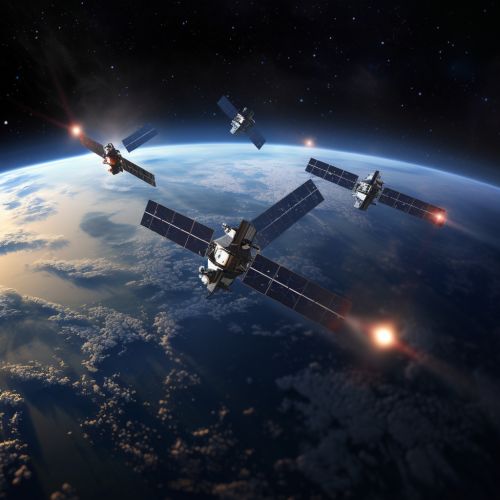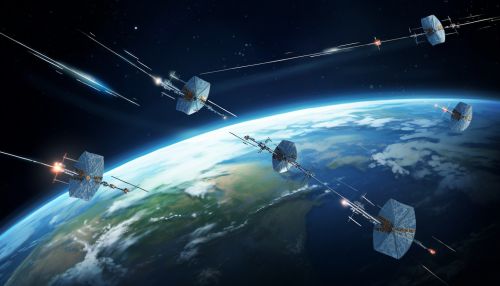Geostationary orbit
Overview
A geostationary orbit, also known as a geosynchronous equatorial orbit (GEO), is a circular orbit 35,786 kilometers (22,236 miles) above the Earth's equator and following the direction of the Earth's rotation. An object in such an orbit has an orbital period equal to the Earth's rotational period, one sidereal day, and thus appears motionless, at a fixed position in the sky, to ground observers.
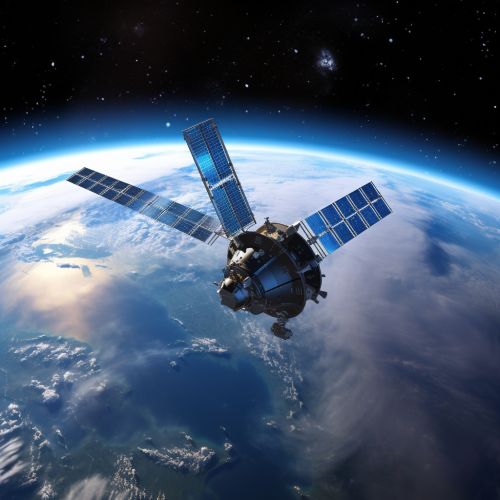
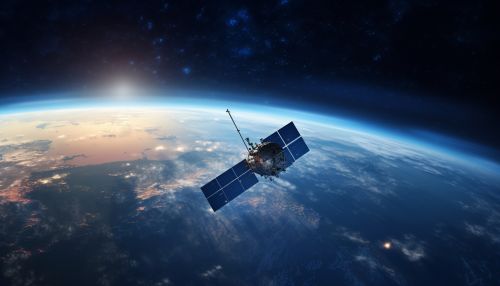
History
The concept of geostationary orbit was first popularized by the science fiction author Arthur Clarke in a paper titled "Extra-Terrestrial Relays - Can Rocket Stations Give Worldwide Radio Coverage?", published in Wireless World in October 1945. Clarke acknowledged the connection in his introduction to the story "The Songs of Distant Earth".
Characteristics
A satellite in geostationary orbit appears to hover over one spot above the equator. Observers on the ground perceive it as stationary in the sky because it matches the Earth's rotational speed due to the orbit's 24-hour period. This unique characteristic makes geostationary orbits useful for various services such as direct-broadcast satellites, long-distance telecommunications, and weather monitoring.
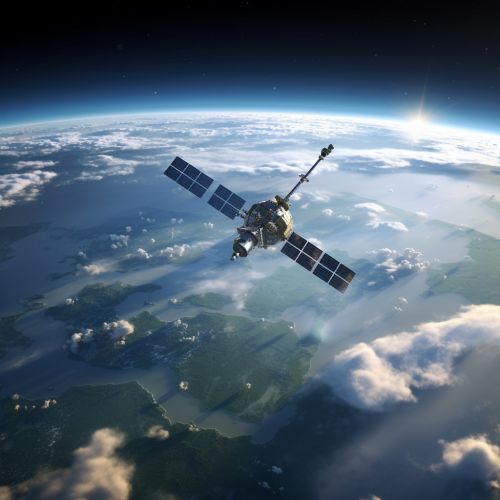
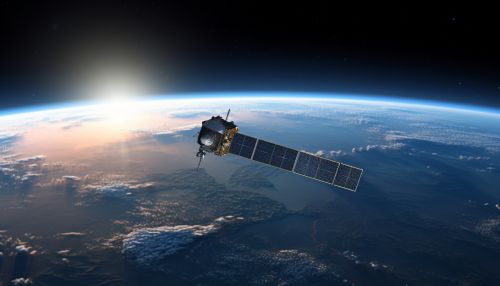
Applications
Geostationary orbits are especially useful for satellite communication systems. These satellites have a clear line of sight over the Earth's hemisphere and can provide continuous coverage of large geographic areas. They are used for various purposes, including television and radio broadcasting, weather forecasting, and surveillance.

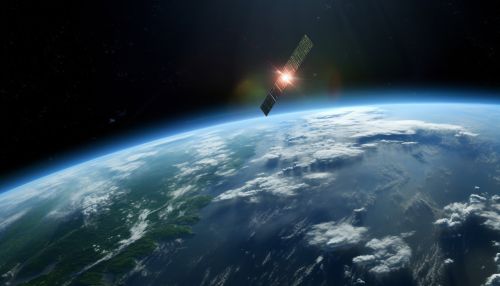
Limitations
Despite their advantages, geostationary orbits also have limitations. The high altitude means signal travel times are longer than for lower orbits, leading to a small but perceptible delay, which can be a problem for latency-sensitive applications such as voice communication. Also, geostationary satellites do not provide good coverage of the Earth's polar regions.
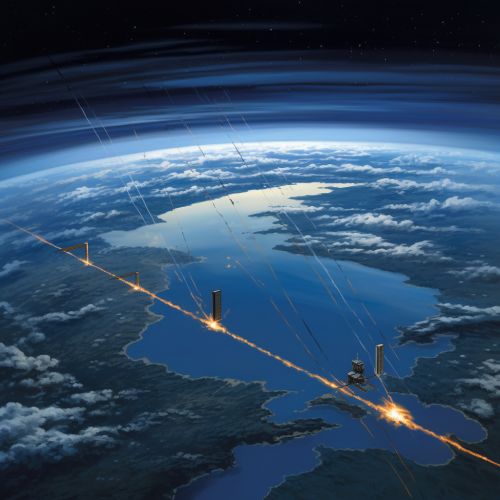
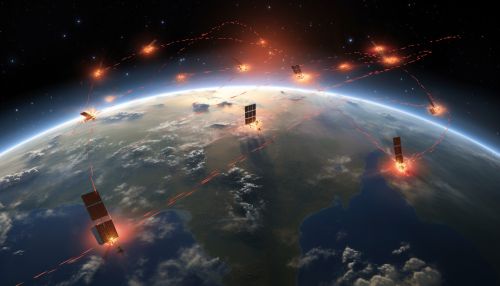
Future Developments
With the increasing demand for satellite services, the geostationary orbit is becoming crowded. This has led to the development of new technologies and strategies to manage the limited resource, including the use of other types of orbits, such as medium earth orbit (MEO) and low earth orbit (LEO), and the design of satellites that can operate in multiple orbits.
